The Bugatti Veyron EB 16.4 is a mid-engined full-sized grand touring car, one of the fastest and most expensive production road cars ever, with a top speed of 431.3 km/h (268.0 mph). Designed and developed by the German Volkswagen Group and produced by Bugatti Automobiles SAS.
Last week, a Bugatti Supersports 16.4 went 267.81 mph, officially making it the fastest production car on the planet. Mike Spinelli, former Jalopnik lead-man and current editor of 0-60, spoke with the brass-balled test driver that did it. —Ed.
Bugatti test driver — er, pilote official — Pierre Henri Raphanel set the production-car speed record in Bugatti’s new Veyron Supersports 16.4. The 1200-horsepower, 1106-pound-feet monster propelled Raphanel to timed runs of 265.9 and 269.8 mph on Volkswagen’s Ehra-Lessien test track near Wolfsburg, which, according to the Guinness people, averages to a V-max of 267.81 mph. That’s more than enough to bring the title of world’s fastest production car back to the VW fold. We phoned the former F1 and Japanese touring-car driver to get his take on what it’s like to approach the 270-mph mark in a production car, why the forest is his friend, and whether or not he’s up to trying for 300.
What does going 268mph in a Veyron feel like?
It’s basically a mental exercise. Physically, you have to do nothing more than to keep your right foot flat out. But at that speed, if anything happens, you can be sure that you won’t be coming back to the pits to tell what was the problem. And that is what is making the pressure, the excitement. The night before I could not sleep because I was so stressed. When I woke up, I looked at the alarm [clock] and it said 4:27. And the next day on my first run I did 427 kilometers per hour. And two days after setting the record I continued to sleep badly because of the stress and the adrenaline and I was waking up at 4:26 and was like I was also cooling down and the speed on the clock was also slowing down.
As a driver, is there a difference between going 268 mph and going, say, “just” 250?
When you’re driving 250 in a Veyron, the car is completely solid. It doesn’t move and you can nearly do that with two fingers. When you’re trying to do the speed record, there is an interaction between the tarmac and the car that you cannot notice when you’re going 250. When you start to go 260, 265, 270, the car is a little bit following where the tarmac is telling to the car to go.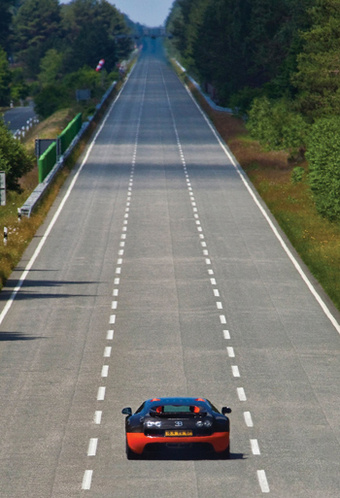
That does sound stressful.
Also, where we did the run: [Ehra-Lessien] is in the middle of a forest. And there’s no space for anything to be even slightly wrong. It’s not like a salt lake.
Did you encounter anything unexpected during the record run?
For the world record you have to do two straight lines in both directions. At Ehra-Lessien, nobody has been driving on it the reverse way, so it was like a complete discovery for me and for the team. I only had three runs to discover that. You will tell me that you have nothing to discover because it’s only a straight line. Yes, of course, but the tarmac is reacting differently. It was actually much more difficult to make the first run, which was slower, in the wrong direction than it was to make the second run, which was faster, but in the normal direction of road use.
Also, when we were going the reverse way, we were facing a little bit of wind, which is why we couldn’t achieve the same speed as the other side. And at the end of the straight, [I found that] if I was braking later, I would be protected [from the wind] by the forest. So I decided that I would put my braking point later, like 300 meters, just to arrive in this area of forest cover protected from the wind and I would get an extra one mile per hour. So I did that the day before and it was working, so I repeated that the next day. But also when I did that, because I knew that I was late in braking, I’d brake a little bit harder, which is very light when you go such kind of speed, and suddenly the car went from the center lane to the right lane. And I was like, not in control. And the forest was very close. So I think that one extra mile was because of me, and I’m quite proud of that.
Do you notice the extra 199 horsepower?
Compared to any other supercar in which you feel engine power going down and you shift gears, in the Veyron the power never goes down. It’s always there. With the Supersport, not only is the engine power not going down, it’s increasing. So the feeling of power is going up, the feeling of speed is going up. It’s just pushing away. It’s an amazing feeling.
How does the Veyron Supersports compare to other speed-record production cars?
People try to compare cars, to say, well this car is faster, more powerful, more something. The thing which is very different in Bugatti is that we’re trying to make things work together that are not supposed to work together. Which is to say, the fastest car in the world that can stay seven hours in traffic in first gear. Normally it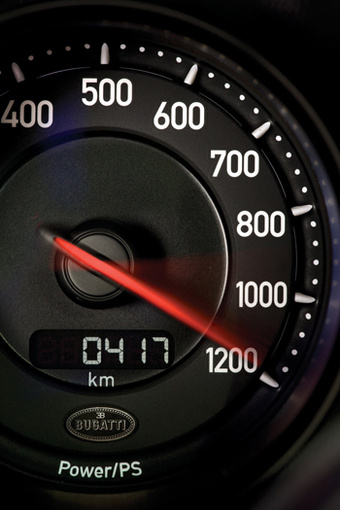
That’s the story of the Veyron. And it is this combination that’s making a lot of engineering work, because you’re trying to achieve long life, quality, speed, luxury, easy to drive; you want to get everything and normally nobody can get everything. If you try to get all these things in the same car, it’s incredible. The Supersport will be a three-years’ warranty car. So it’s not like you buy a car then, OK, you use it and after one day everything is destroyed. And that’s where the engineering process is difficult and expensive.
With the Supersport the engineer said we need the design to follow our request in engineering –- more power, more speed more torque –- and the designer followed the engineering request in terms of downforce, cooling [e.g., those beautiful NACA ducts on top –- Ed.] and those kinds of things, and they made the car. So it was a little bit of a reverse process than the Veyron.
“The Veyron is an everyday car that you can drive as easily in traffic as at 268 mph.”
The target for the engineers was to make a Veyron with more power, more speed, more torque. It’s a completely different exercise than if you say, OK, I want to achieve just the world record, and you build a car with all the aerodynamics and the thinking in this kind of direction. The Veyron is an everyday car that you can drive as easily in traffic in first gear as on the other side, where you can go 268 miles per hour. With that car, with that engine, with that gearbox, we did around 30 preparation runs at around 260 mph, just to be sure. And this car will continue to be used as a test car. And I was saying to the [engineer], “But I will not get a new gearbox? A new engine?”
I would have preferred starting with something completely fresh, completely out of the box. But it is not a problem.
It’s the same thing with the tires. These are the [production] tires. [Michelin PAX run-flats, 245/690 R 520 (front), 365/710 R 540 (rear) –- Ed.] When you’re doing this type of extreme speed, the life of the tire is very short, not just in terms of wear but in terms of structure. And the day before I did maybe five runs, and the next day, I had to use the same tires. And I was saying, “don’t you feel that we have to change tires?” And the engineer said no, we know we have some spare in the life of the tires, so we don’t need to change tires. For me, that was incredible, but also very, very stressful.
So what about 300 miles per hour. Are you down with that?
With the feeling I got last week, I will say, not for me. I think I gave everything that was possible.
If you could have any Veyron you wanted in any color scheme, which would it be?
You cannot compare the Supersport, I mean to drive it, that’s something that would not make a Veyron stand out, which is incredible. I always say the Veyron is like another planet. But now I’m out of words to explain what the Supersport is. In the Veyron we have a series which is black carbon, only 15 cars, black with the orange inside [Sang Noir — Ed.] and the look of the black carbon, big wheels was the most sporty I have seen. That’s the one.

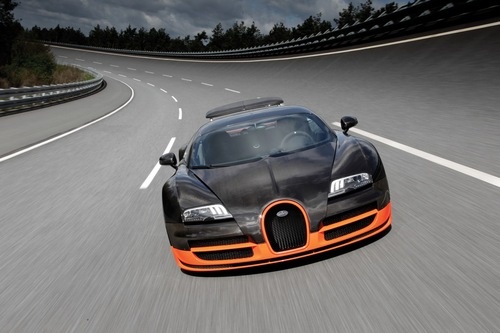
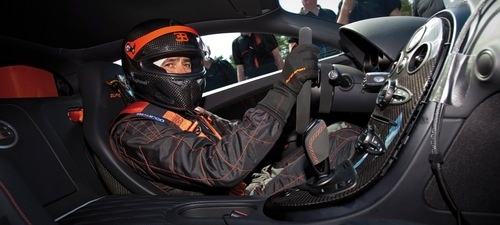
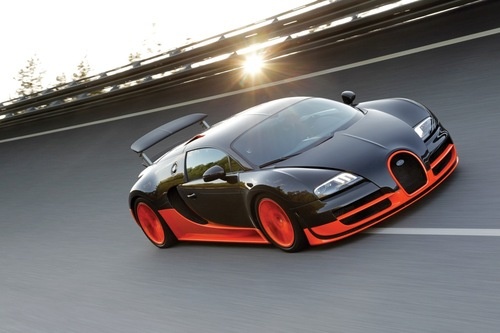
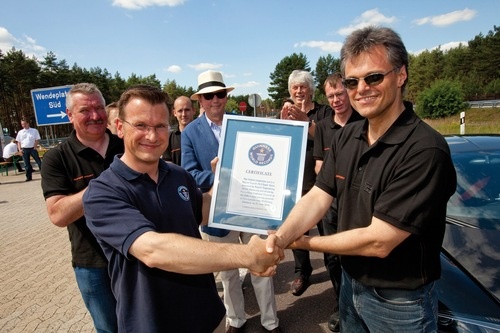
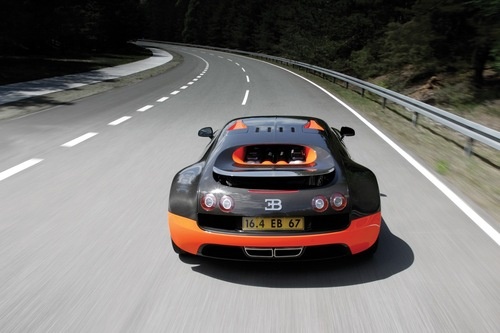
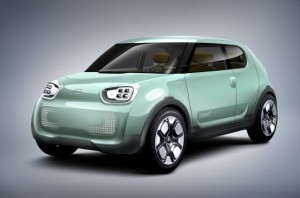

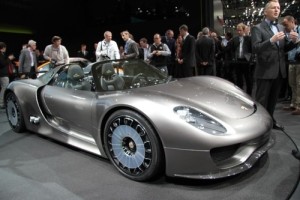
Pingback: http://%/vdwweec
I like your story but I really think you should of tried 300 mph even if you didn’t do 300 you tried and you know what the car can do and next time you can program the engine to put out more horsepower
There;s a car that’s even faster than the Supersport. It’s called the Barabus TKR. Here is a link for a site that will lead you to the stats for the Barabus.
http://www.autoblog.com/…/barabus-tkr-0-60-mph-in-1-67-secs-270-mph-top-speed/ –
1. The Model Bugatti Veynon Miodel Has to Design to be Geared Ratio to Hit over 300 M.P.H too!